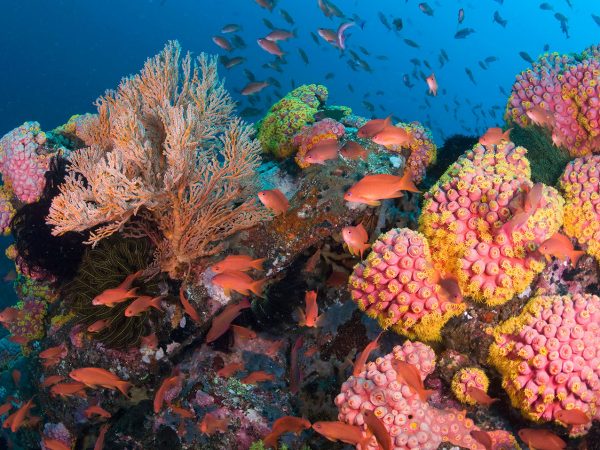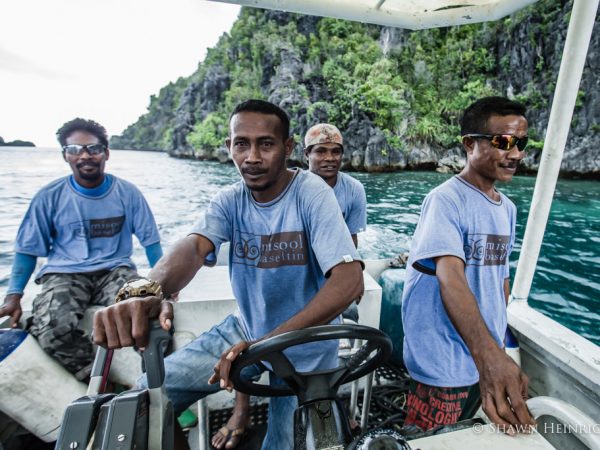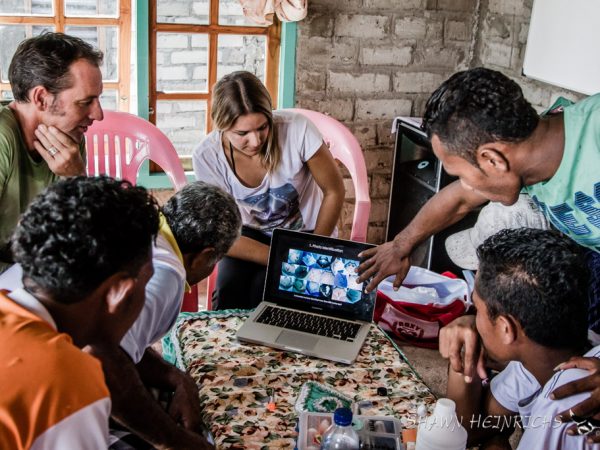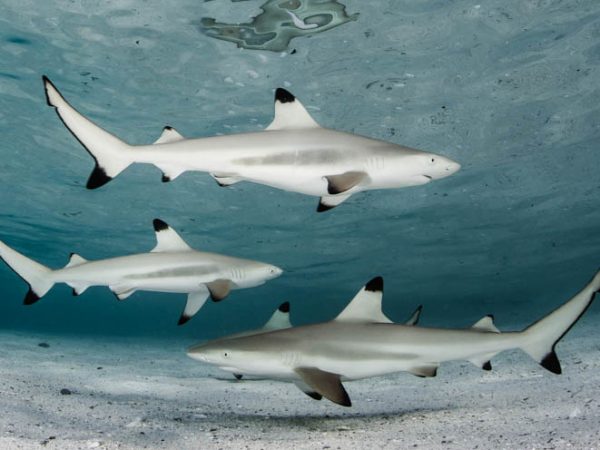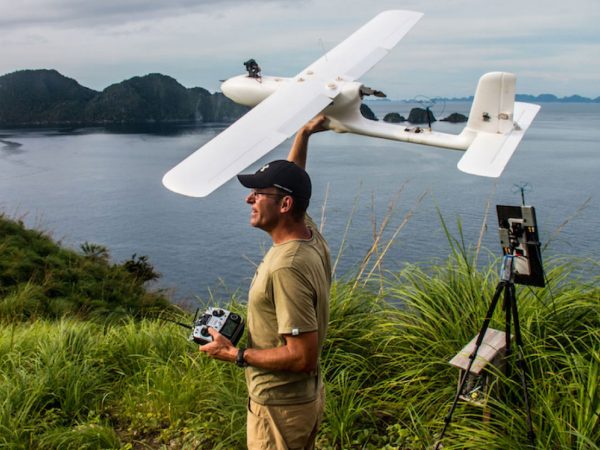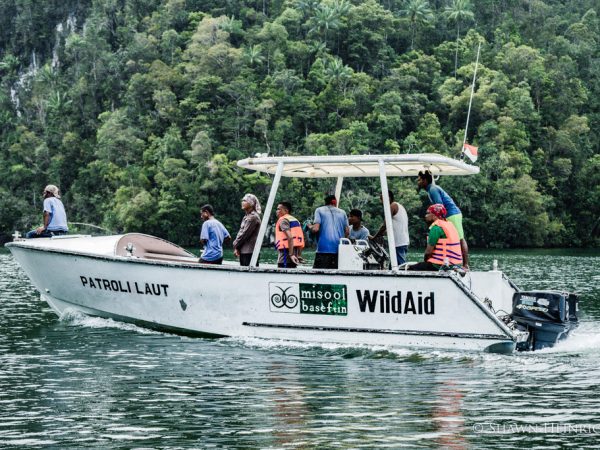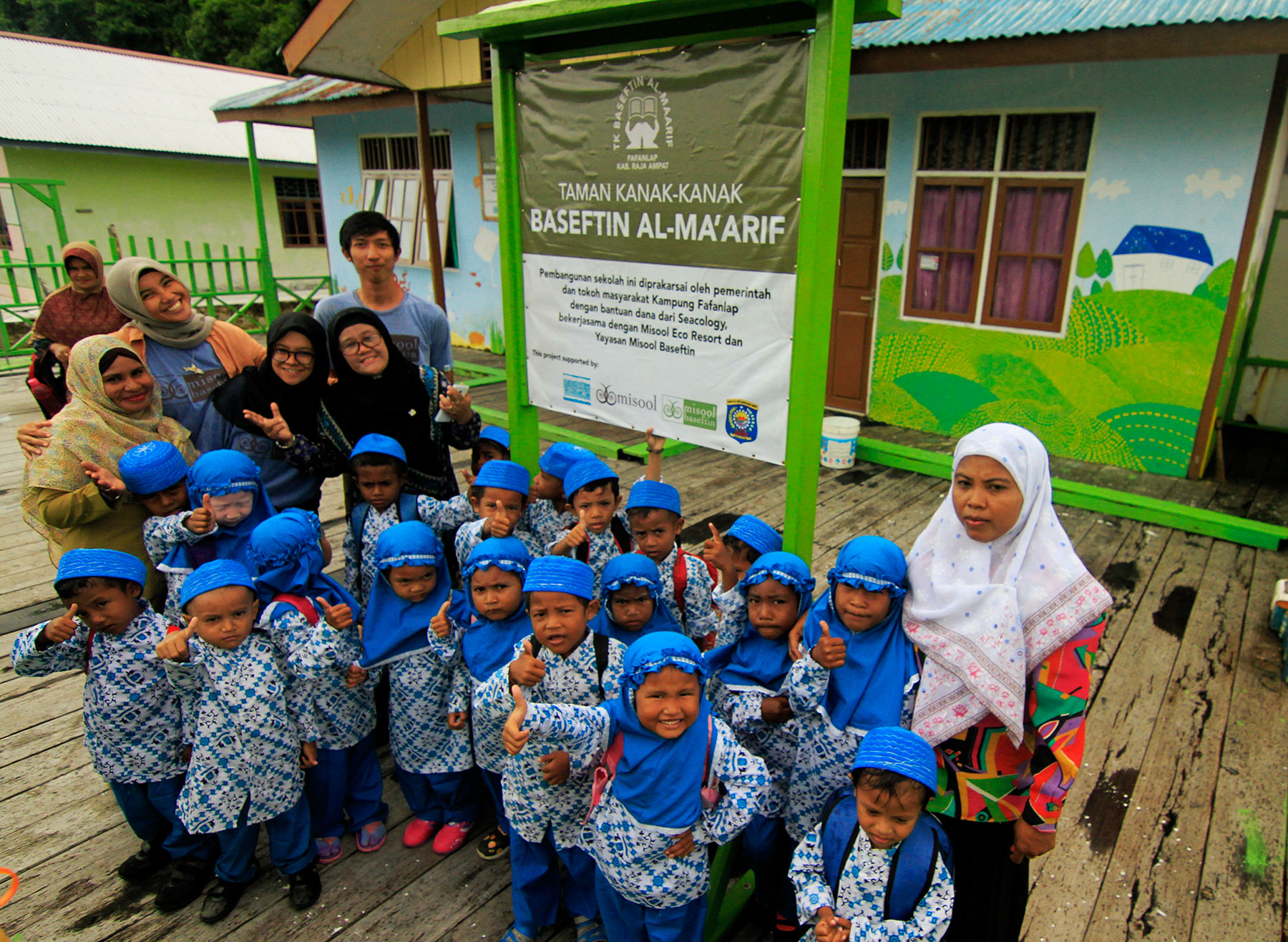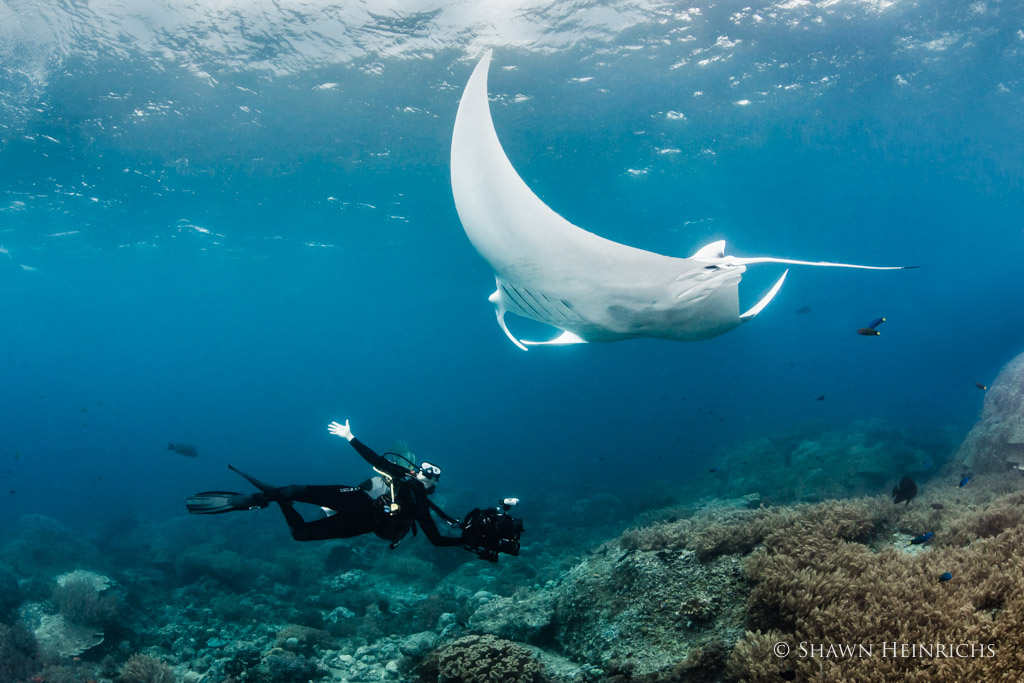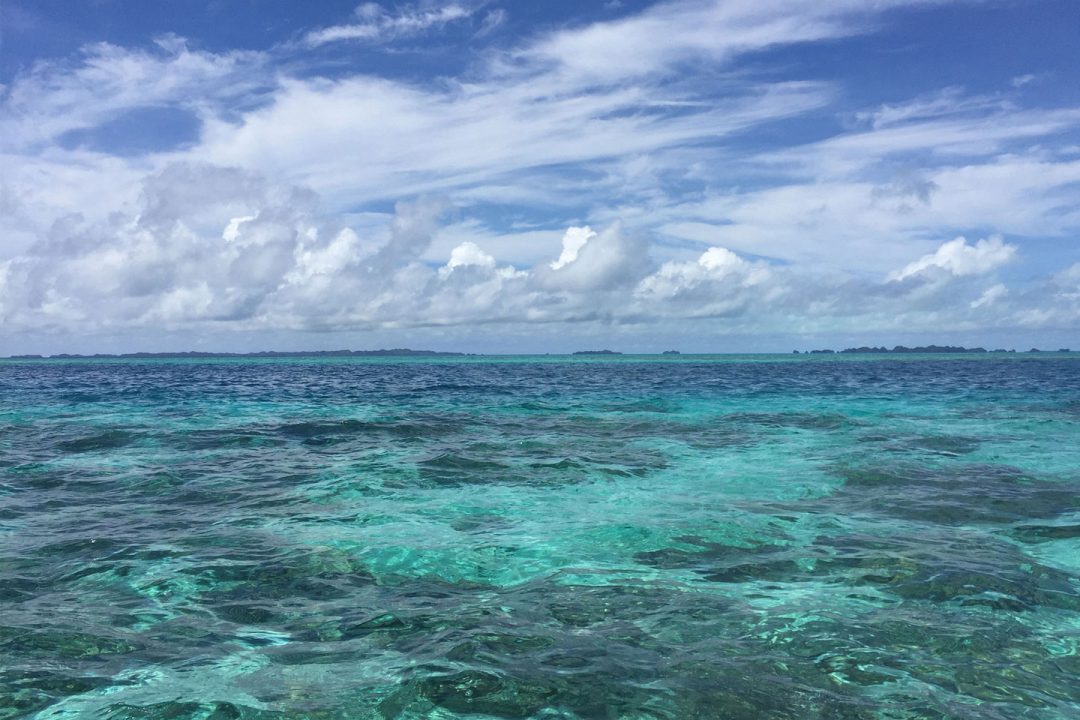Misool Marine Reserve is situated in the heart of Raja Ampat, Indonesia, which is home to 75% of the world’s known coral species and close to 1,500 species of fish. The reefs also provide sanctuary for manta rays and sharks.
Indonesia
The Project
The Jewel of Raja Ampat’s Coral Reefs


Over 250 fishers from communities surrounding the Misool Marine Marine Reserve depend on fish for food and livelihoods. Destructive fishing practices threatened to destroy this unique ecosystem.

WildAid Marine and Misool Foundation partnered in 2007 to strengthen enforcement of the Misool Marine Reserve in Southern Raja Ampat and engage the community in conservation activities and alternative livelihoods.
Our Impact
Putting Our Model Into Action

We helped our partners reach the Regional Leadership stage and develop a comprehensive Marine Protection System Plan for the Reserve. As a result, marine species biomass in Misool has nearly tripled over a decade.

We helped establish patrolling strategies to cover 100% of the Misool Marine Reserve, which meant that patrol hours increased 800% and illegal fishing decreased by 86% in the Reserve; acquire patrol equipment and uniforms, including a dedicated patrol vessel and radio communication equipment.

We helped train rangers in effective operations and develop a training plan for new rangers.

The Misool Marine Reserve’s enforcement operations are funded by tourism revenue generated by the Misool Eco Resort. Additionally, the success of conservation in the area has led to widespread international support, including a $23 million dedicated trust fund, the Blue Abadi Fund for Raja Ampat.

The MPA increased income earned by the community by 800% since 2013. In addition, we helped provide alternative livelihoods for over 250 fishers through tourism and aquaculture, launch community recycling programs, build a kindergarten, and donate two school libraries.

All illegal fishing infractions within the Misool Marine Reserve are sanctioned.
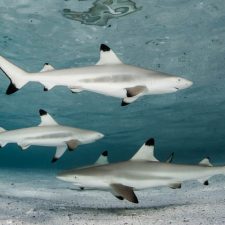
25x
more sharks inside the Reserve than just outside.
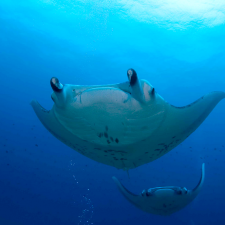
20x
increase in oceanic manta sightings over six years.
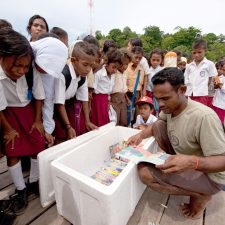
8x
increase in community income as a result of tourism in the Reserve.
